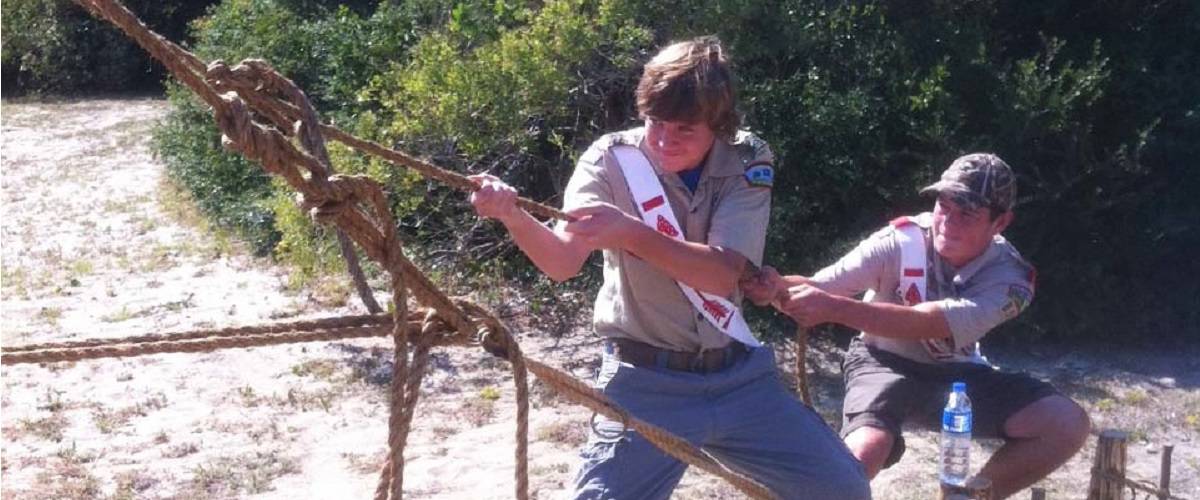One of the most classic ways to show a level preparedness is with knots. There are tons of knots, all with their own purpose. Whether you’re sailing or rock climbing, knowing the right knots for the right occasion can be a literal lifesaver. Here are some of the most popular knots, how to tie them, and what they’re for.
Overhand Knot

The literal most common knot. This simple design is good for making a balled bump along the rope. This is useful for preventing slipping in other knots, as well as for making a climbing rope easier to climb. This knot isn’t good for tying something together or for making loops, but the simple noose is based on the overhand knot.
The Simple Noose

This knot is good for creating a loop that increases tautness with tension (the stronger you pull, the stronger it gets). As seen in the image, it’s created by tying an overhand knot over a further down a section of the same rope. If you tie it with the loop around a structure, it makes for a strong hold.
The Square Knot

This is another common knot. It’s easy to learn and immensely useful. This knot is used to tie two separate ropes together. If you need to create a long, makeshift rope, you can use this knot to improve with a collection of smaller materials. Alternatively, you can use it to securely tie one rope into a strong circle. This is good for holding firewood together, for example.
As seen in the image, it’s two loops, made at the end of the rope, strung through each other. leave a bit of extra rope on the end, and pull taut.
Clove Hitch

This knot is just as easy as the square knot, but noticeably harder to draw. This is a good knot for if you need to secure something to a structure, whether a pole, pipe or branch. If the surface of the structure is too smooth, this knot will come undone with sufficient tension. This can be resolved by tying a quick overhand knot on the end.

